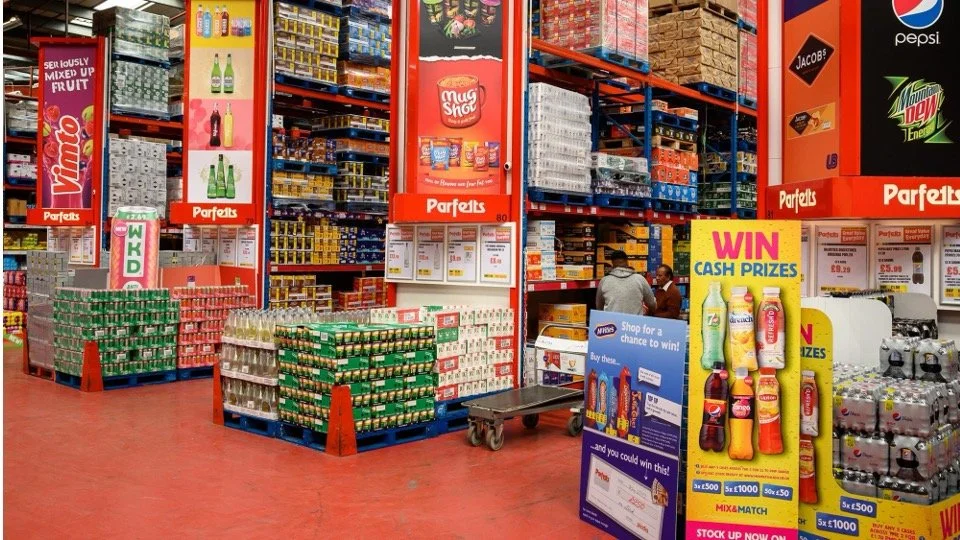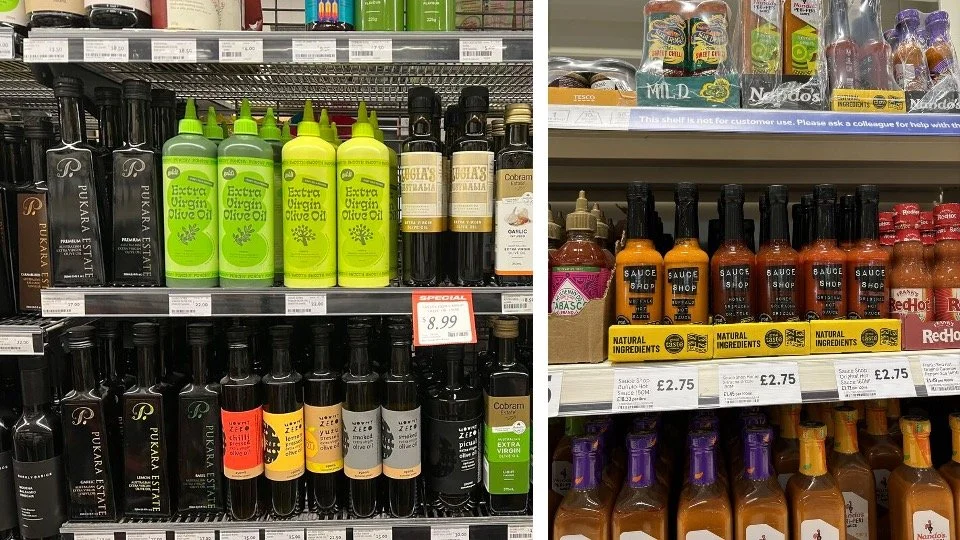SBR 40: How to Make Your Trade Marketing SpenD Work
In a presentation at the recent Bread & Jam event, we shared our experience on making trade marketing spend effective for FMCG brands. In this blog post, we share some of those thoughts.
The Importance of Trade Spend
Trade spend is crucial for getting products onto retailers’ shelves and into shoppers’ baskets and for cementing the relationship with your category buyer. The primary goal for most brands is to grow penetration – which, simply put, is achieved by making your brand easy to think of, easy to find, easy to buy and easy to use (from “How Brands Grow” Byron Sharp, 2016). Trade marketing has a role to play in several of these stages, and so should be considered strategically.
The 4 Fundamentals
There are several fundamentals essential for effective trade marketing:
• You’ve Only Got 13 Weeks: After securing a listing in a retailer, brands have a short window (typically 13 weeks) to ensure their product sells. Getting listed is something to be celebrated, but the work starts there – you need to make sure that your rate of sale is maximised during the early weeks.
• Measure Twice, Cut Once: Having a robust marketing strategy and brand positioning is vital. Consistent and persistent marketing activity, grounded in solid strategy, leads to efficient and effective outcomes. Your trade marketing forms a critical part of this strategy.
• Know What Makes Your Audience Tick: A deep attitudinal and behavioural understanding of your target audience is crucial. Don’t settle for a superficial demographic description like “Millenials” - you’re better than that.
• Getting the Budget Right: Effective budgeting involves balancing what you can afford with what is necessary for visibility and impact in-store. There are several heuristics that you might find useful:
aiming for a max of 20% of your budget to be spent on creating assets, with the balance on amplifying them. This average is across several years - the reality is that for smaller brands especially, it’s hard to hit that ratio in year 1 when you’re creating assets. But this rule of thumb gives you the right sort of ball park.
Peter Field & Les Binet, in their “The long & the short of it” paper, demonstrate that on average 60% of your marketing budget should be spent on long term brand building, with 40% on short term sales driving. The exact ratio will vary depending on the life stage and category of your brand.
8 Principles for Trade Marketing Success
• Work on Your Relationships: Building strong relationships with buyers and understanding their objectives can significantly impact your product’s success. Engage in retailer events and make the buyer famous within their organisation.
• Who Else Is in This Relationship?: Recognising the entire margin chain and ensuring every participant benefits can help streamline operations and improve results. How can you work with wholesalers, for example, to make their PoS work harder for you?
• Use Your Community: Leveraging your brand’s community for promotion, feedback, and support can amplify your marketing efforts and provide valuable insights at minimal cost.
• Get Your Product Down Their Necks: Sampling and getting your product into the hands of potential consumers is critical. Creative sampling methods can make a significant difference in building brand awareness and loyalty. Consider how to do this at scale – is there a way to use vouchering to get more product sampled?
• Visibility In & Around the Store: Understanding purchase barriers and triggers and strategically placing marketing materials that address them in the right place and moment.
• It’s Good to Look Out of Place: Consider how to make your product stand out on the shelf through distinctive primary and shelf ready packaging. It’s something you need to have anyway, so think about how to use this to your advantage – it won’t cost you any more. A couple of great examples of primary packaging and shelf ready packaging that break category norms are in the image below.
• It’s OK to Be Promiscuous: Partnering with other brands or categories can increase visibility and appeal to a broader audience.
• Price Promotions: Careful management of price promotions to drive sales without devaluing the brand.
Conclusion
By following these fundamentals and principles, brands can effectively navigate the complexities of trade marketing and achieve sustained growth. For anyone looking to delve deeper, you can access the full presentation here.





